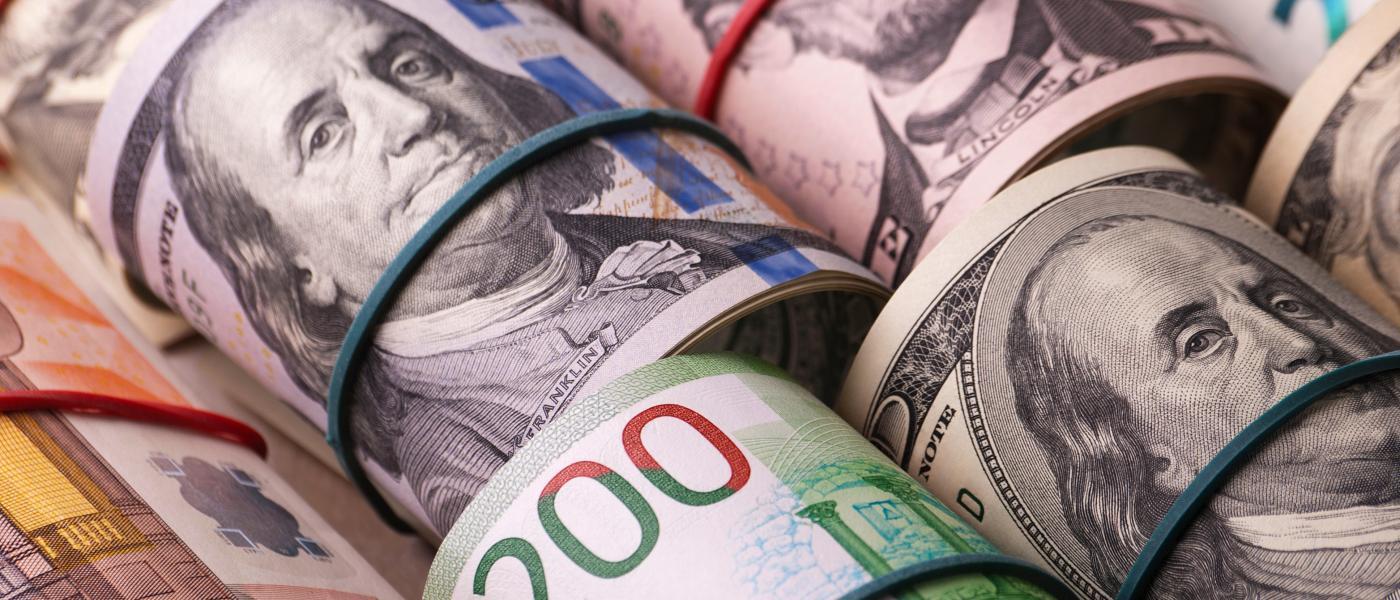This article was originally published on the Alliance for Securing Democracy website.
Trillions of dollars in capital flows into the United States annually, and trillions of dollars in payments are cleared through New York daily. No one knows exactly whom the funds belong to, where they are held, or how they are deployed. No one knows because the U.S. government does not track the money — but it could if it wanted to. What is known is that Russia, other countries of the Commonwealth of Independent States, and China are the primary drivers of non-transparent capital flows worldwide.
Beginning next month, U.S. financial institutions will be required to identify the “beneficial owners” of new accounts under the Customer Due Diligence Rule. In other words, when a private company or other legal entity becomes the client of a bank, the bank needs to determine which people actually own or control the company.1 The rule is a major achievement for financial transparency, and it will go a long way to help understand how much money from Russia — both legitimate and illicit — is held in the United States. However, it addresses only one dimension of the multi-faceted ways in which illicit funds can travel to or through the United States opaquely. Painting a complete picture will require a comprehensive approach to mapping flows across bank deposits, portfolio investments, foreign direct investment, and real estate purchases.
Continue Reading: the full op-ed can be found here.
—
Joshua Kirschenbaum is a senior fellow at GMF’s Alliance for Securing Democracy, focusing on illicit finance.
This article was originally published on the Alliance for Securing Democracy website.

